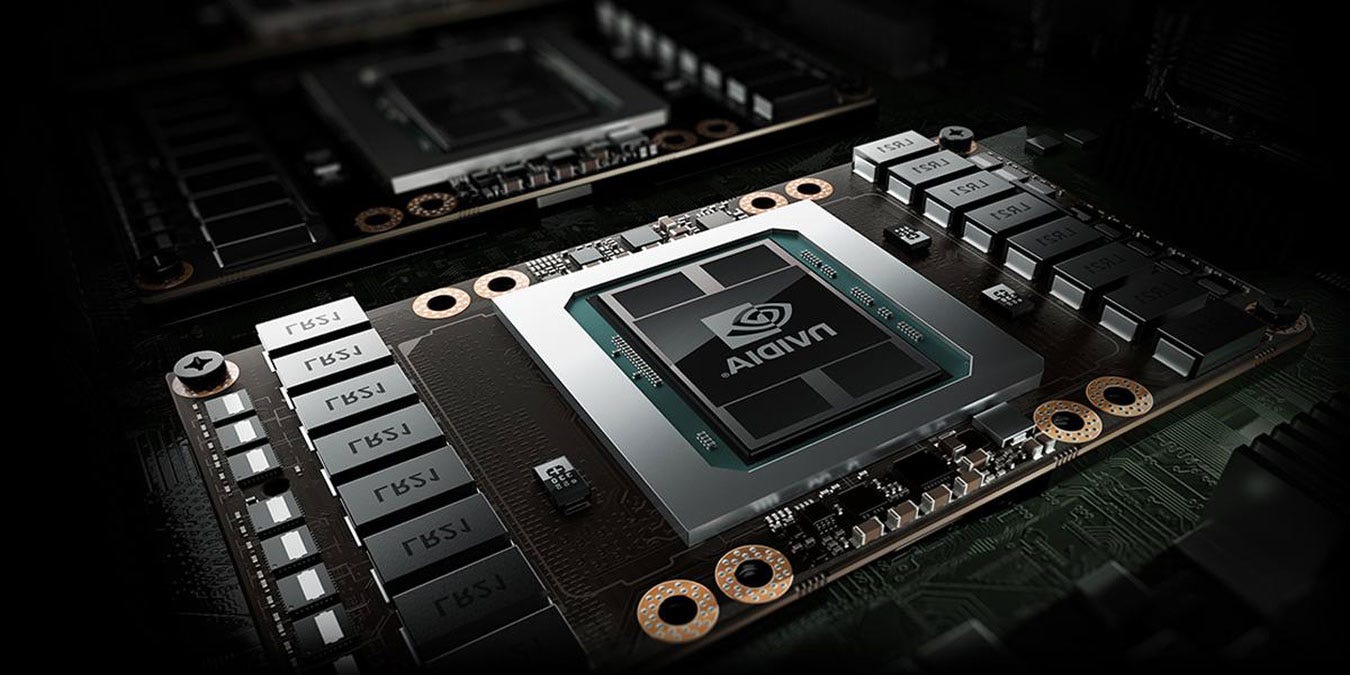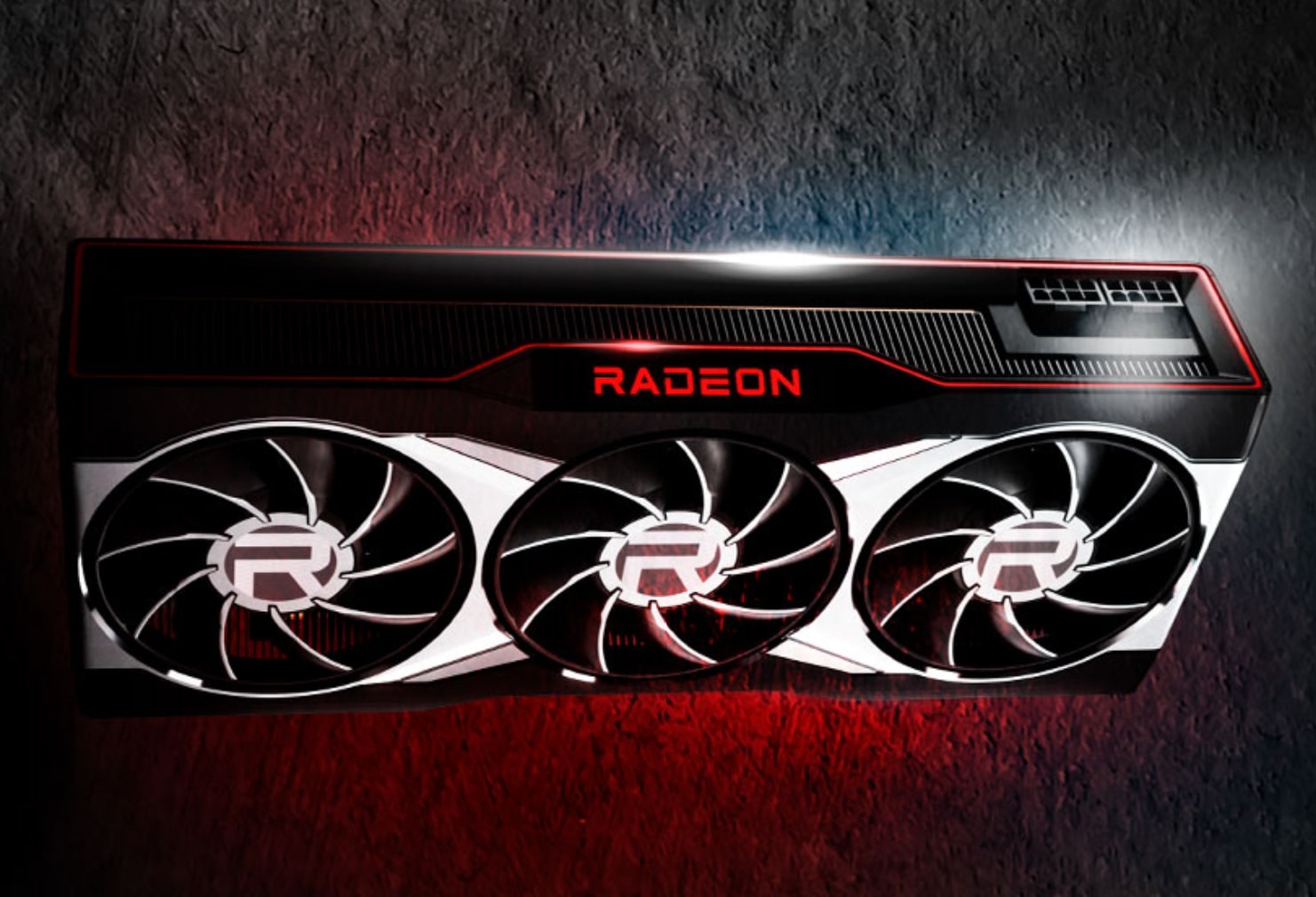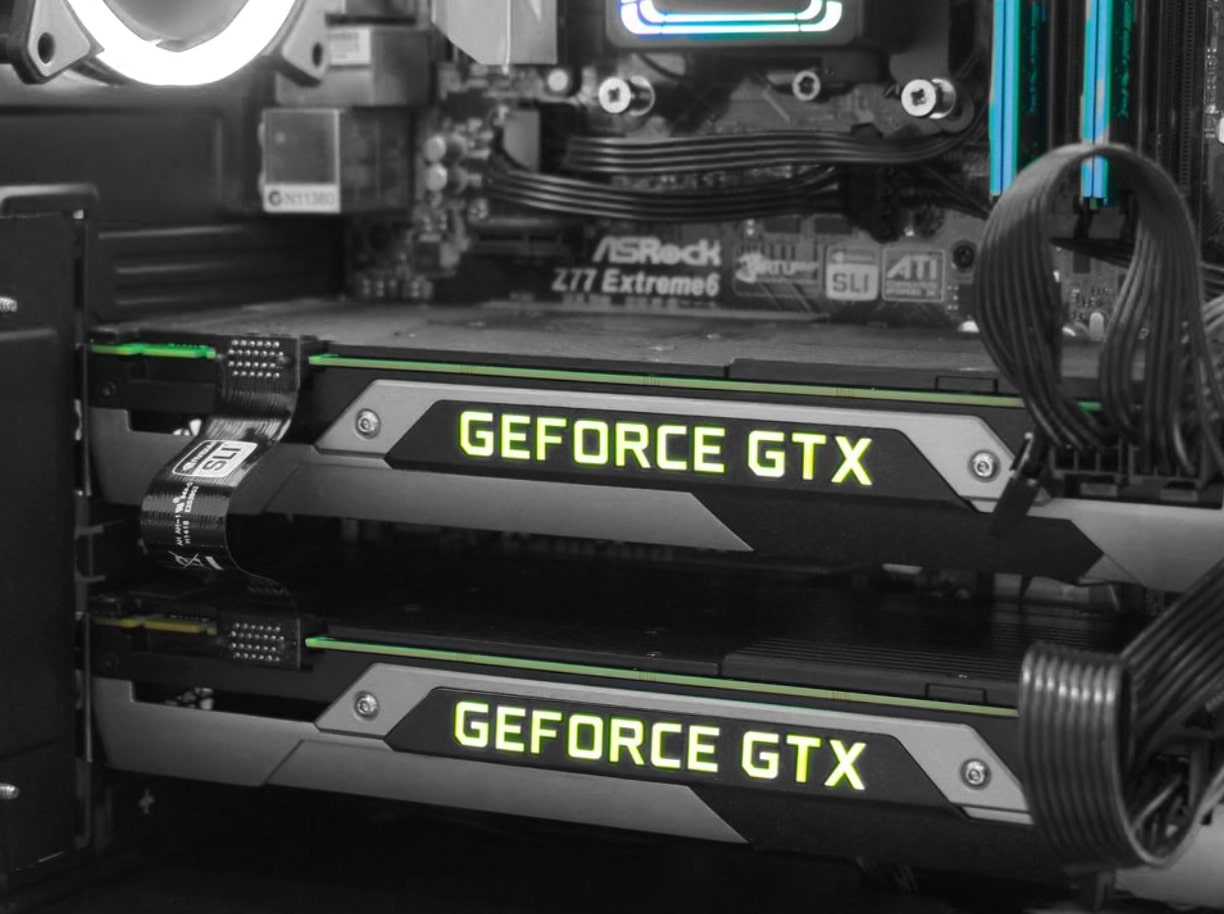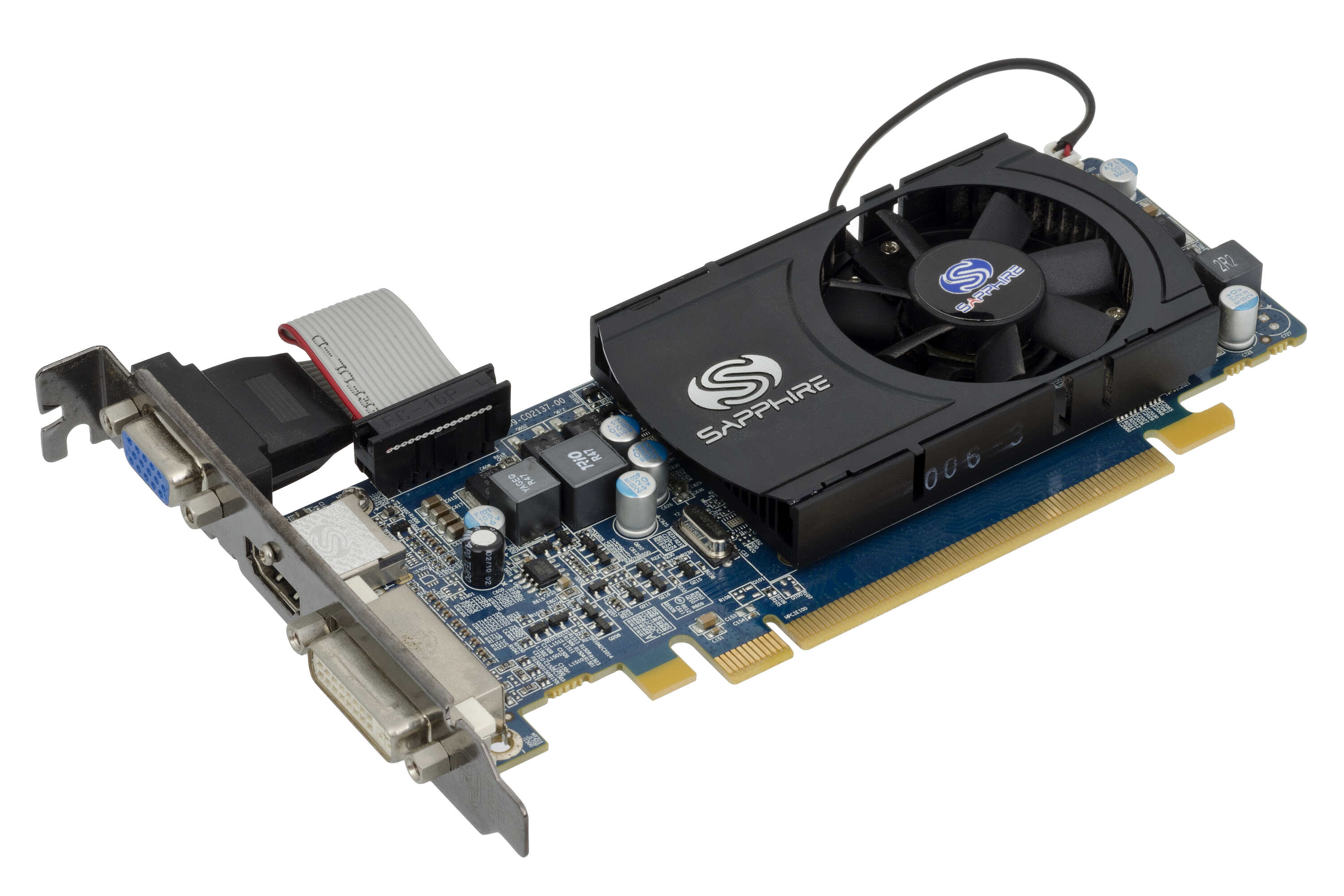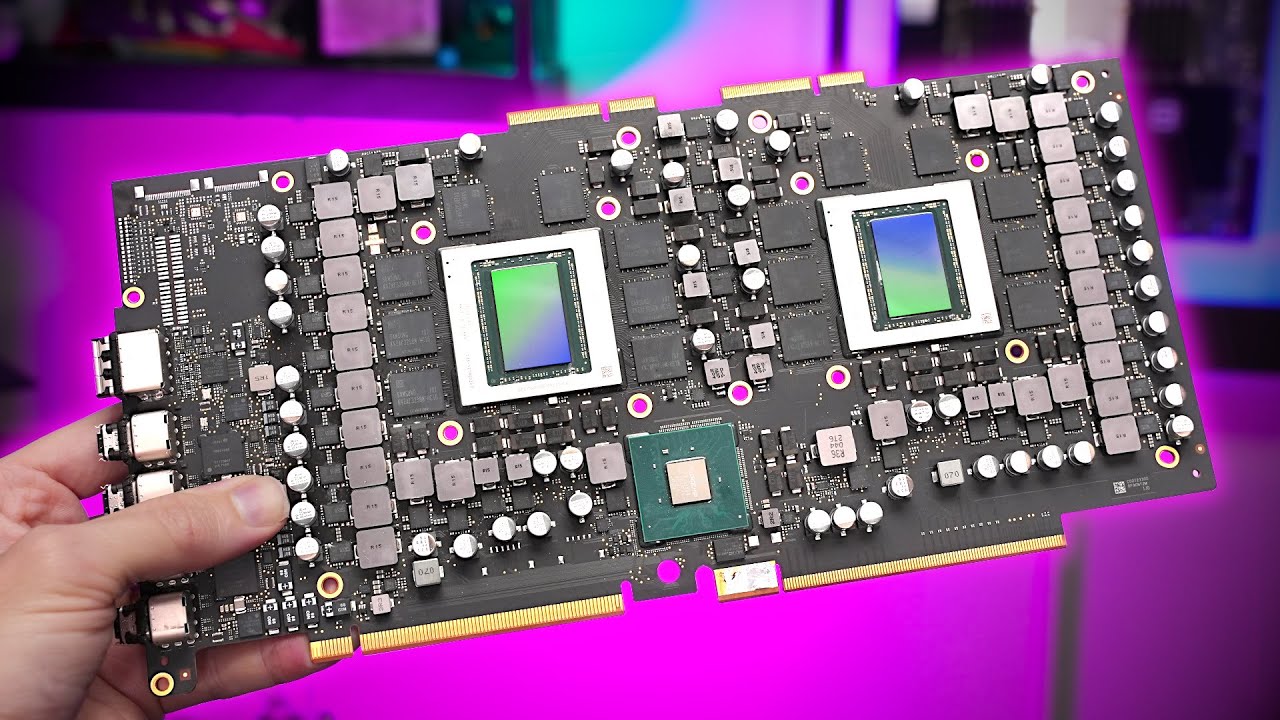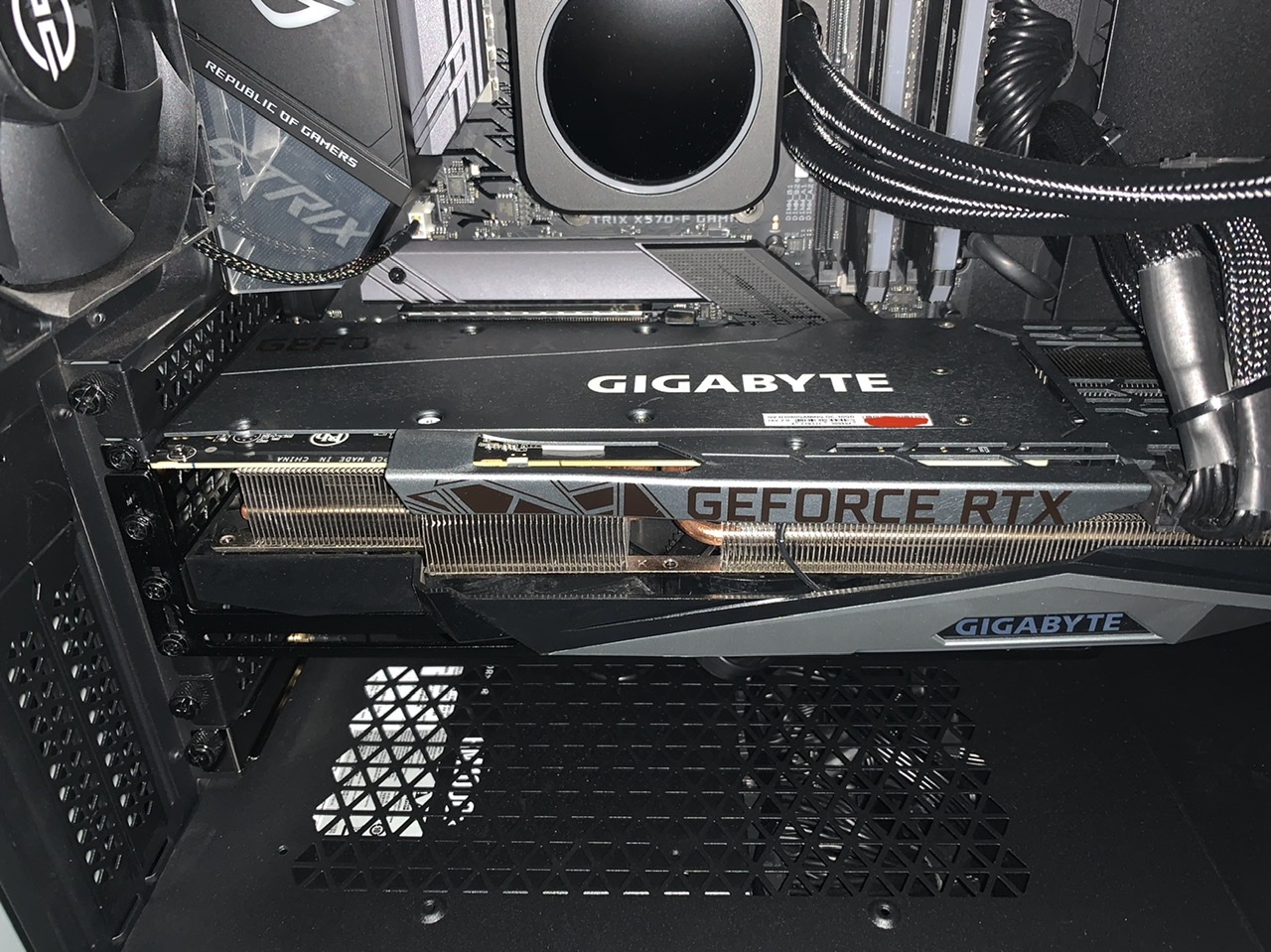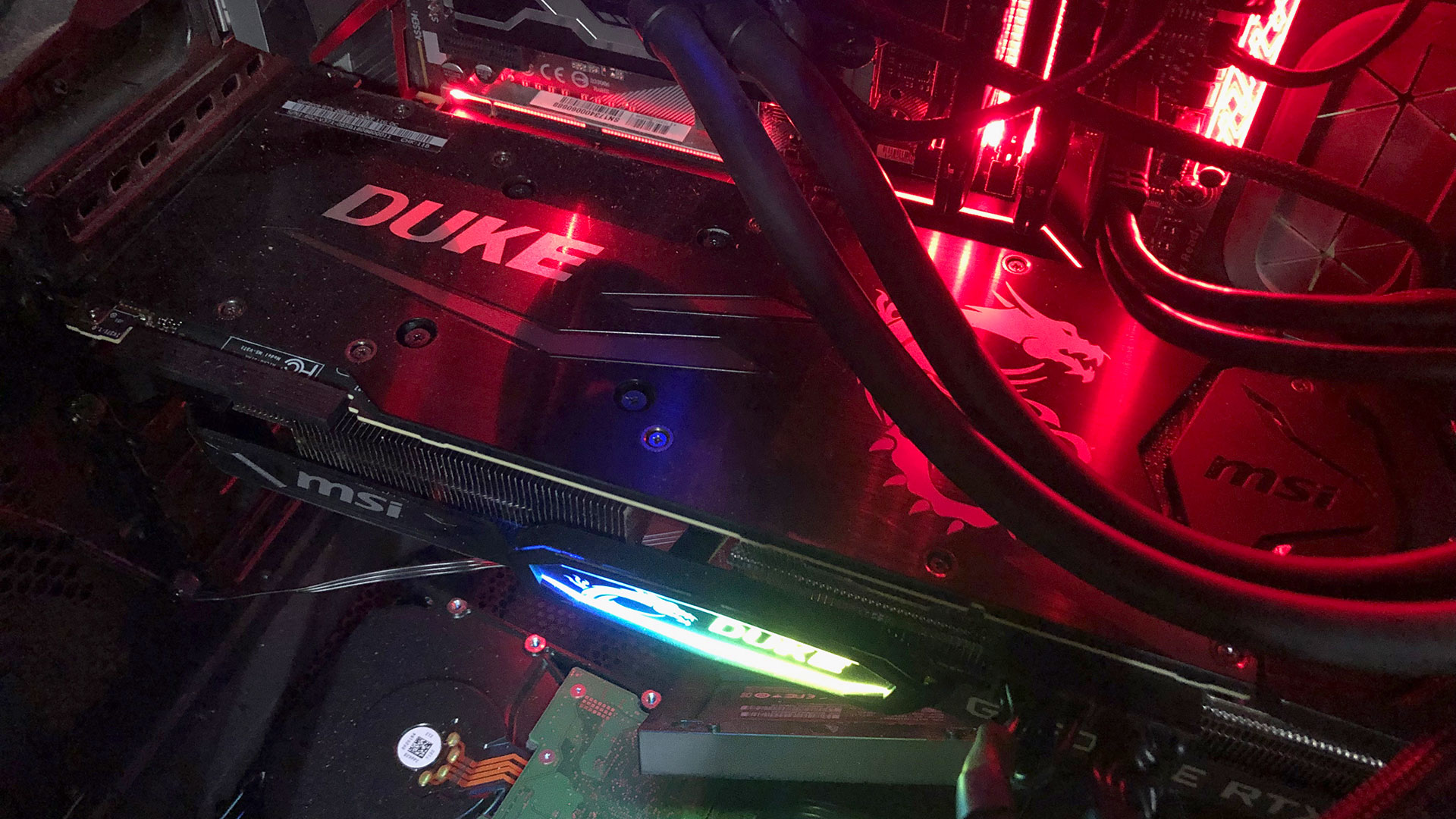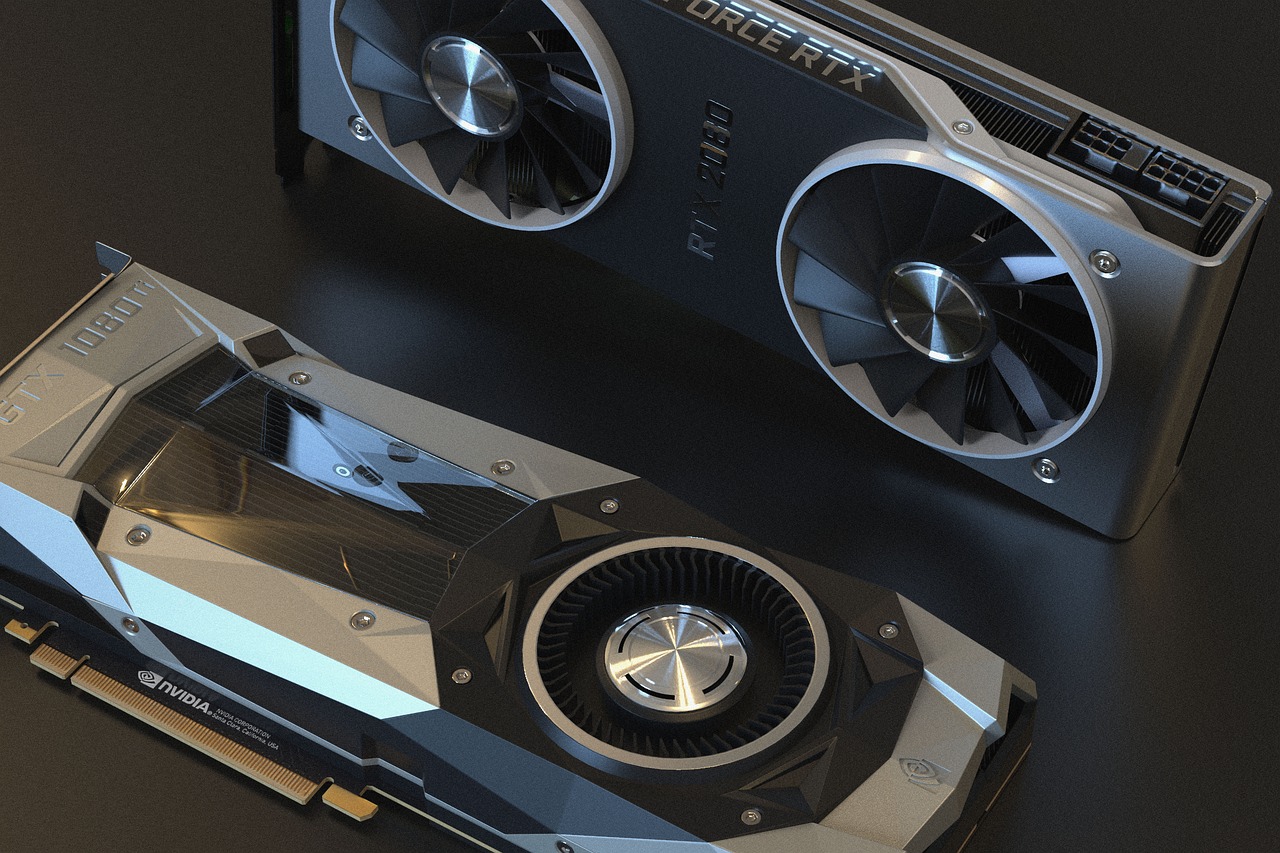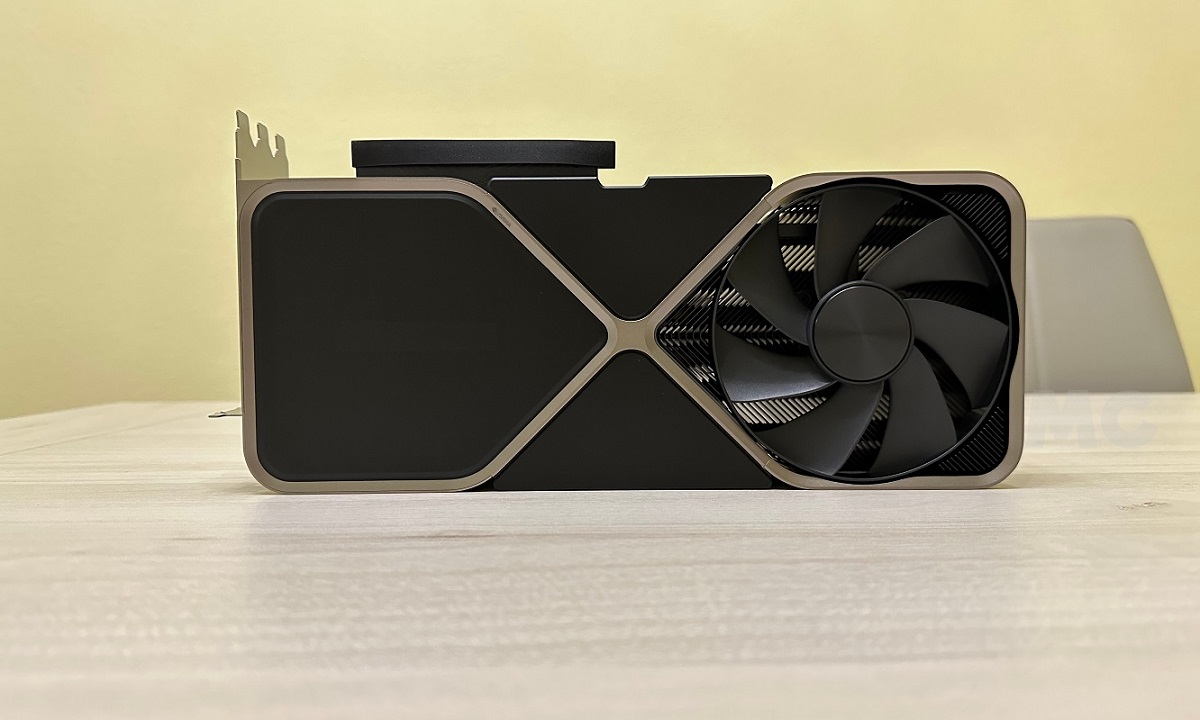Introduction
Graphics cards are an essential component of a computer system, especially for gaming enthusiasts and graphic designers. They are responsible for rendering high-quality visuals and ensuring smooth performance. However, not everyone has access to a dedicated graphics card, due to various reasons such as budget constraints or outdated systems. But fear not, because there are ways to improve the graphics performance of your computer, even without a graphics card.
One solution lies in understanding and harnessing the power of integrated graphics. Integrated graphics refers to the built-in graphics processing units (GPUs) that are integrated into the motherboard of a computer. While they may not offer the same performance as dedicated graphics cards, they can still be optimized to deliver a better visual experience.
In this article, we will explore various methods to increase graphics performance without relying on a graphics card. We will delve into updating graphics drivers, adjusting graphics settings, overclocking your GPU, optimizing game settings, and using game boosters. These techniques can help you maximize the potential of your integrated graphics, enabling you to enjoy a smoother and more visually appealing experience while gaming or working with graphic-intensive applications.
So, if you’re ready to unlock the full potential of your integrated graphics, let’s dive into the methods that will elevate your computer’s graphics performance!
Understanding Integrated Graphics
Integrated graphics, also known as onboard graphics, are a type of graphics processing unit (GPU) that is integrated directly into the motherboard of a computer. Unlike dedicated graphics cards, which have their own dedicated memory and processing power, integrated graphics share system resources with the CPU and RAM. This means that they rely on the computer’s main resources to handle graphics processing tasks.
Integrated graphics are commonly found in budget-friendly laptops and desktop computers. While they may not offer the same level of performance as dedicated graphics cards, they can still handle everyday tasks such as web browsing, video streaming, and basic image editing. They are also capable of running less demanding games, although users may need to make some adjustments to the graphical settings to ensure smooth gameplay.
One key advantage of integrated graphics is that they are more power-efficient compared to dedicated graphics cards. Since they do not have their own dedicated power supply, they rely on the computer’s power source. This makes them ideal for laptops and small form-factor desktops where power consumption and heat generation need to be minimized.
It’s important to note that the capabilities of integrated graphics can vary depending on the specific model and generation. Modern integrated GPUs have come a long way in terms of performance, with some even capable of handling demanding tasks such as video editing and 3D rendering. However, older integrated graphics may struggle with more resource-intensive applications.
To determine the capabilities of your integrated graphics, you can check the specifications of your computer or look up the model of the integrated GPU. Websites like GPU Boss and Notebookcheck provide detailed information and benchmarks for various integrated graphics processors.
Now that we have a better understanding of what integrated graphics are and their capabilities, let’s explore how we can optimize and improve their performance without relying on a dedicated graphics card.
Updating Graphics Drivers
One of the first steps you can take to improve the graphics performance of your integrated graphics is to ensure that you have the latest graphics drivers installed. Graphics drivers are software components that allow the operating system to communicate effectively with the integrated graphics processor.
Outdated or incompatible graphics drivers can result in poor performance, graphical glitches, and stability issues. By updating your graphics drivers, you can take advantage of bug fixes, optimizations, and enhancements that are released by the GPU manufacturer.
There are a few different ways to update your graphics drivers, depending on your operating system and the manufacturer of your integrated graphics chip:
- Manufacturer’s official website: Visit the website of your integrated graphics chip manufacturer, such as Intel, AMD, or NVIDIA. Locate the support or drivers section and find the appropriate drivers for your specific model. Download and install the latest drivers, following the instructions provided by the manufacturer.
- Windows Update: On Windows operating systems, you can often find graphics driver updates through Windows Update. Open the Start menu, search for “Windows Update,” and select “Check for updates.” If an updated driver is available, it will be listed under the “Optional updates” section.
- Automatic driver update utilities: There are third-party tools available that can scan your system and automatically update your graphics drivers. Examples include Driver Booster, Driver Easy, and NVIDIA GeForce Experience (for NVIDIA graphics chips). These tools can make the driver update process more convenient by automatically searching for and installing the latest drivers.
After updating your graphics drivers, it’s recommended to restart your computer to ensure that the changes take effect. You can then test your integrated graphics performance to see if there is an improvement in graphical quality and smoothness.
Keep in mind that regular driver updates are important to ensure optimal performance and compatibility with the latest software. It’s a good practice to periodically check for new driver updates and install them to keep your integrated graphics running smoothly.
Adjusting Graphics Settings
Another effective way to improve the graphics performance of your integrated graphics is by adjusting the graphics settings of your applications and games. By modifying the graphical options, you can optimize the balance between visual quality and performance.
Here are some key settings you can adjust to enhance your integrated graphics performance:
- Resolution: Lowering the resolution can significantly improve performance, as it reduces the number of pixels that the integrated graphics processor needs to render. However, keep in mind that lowering the resolution might result in a less sharp or clear image.
- Texture Quality: Adjusting the texture quality settings can have a significant impact on performance. Lowering the texture quality level can reduce the amount of texture data that needs to be processed, resulting in smoother gameplay or application performance.
- Shadow and Lighting Effects: Shadows and lighting effects in games and applications can be demanding on integrated graphics. Lowering these settings or disabling them altogether can improve performance without a significant impact on visual quality.
- Anti-Aliasing: Anti-aliasing is a technique used to smooth out jagged edges in graphics. However, this process can be demanding on integrated graphics. Lowering the anti-aliasing settings or disabling it can help improve performance.
- VSync (Vertical Sync): VSync is a feature that synchronizes the frame rate of your game or application with your monitor’s refresh rate. While this feature can provide a smoother visual experience, it can also introduce input lag and potentially impact performance. Try disabling VSync to see if it improves the performance of your integrated graphics.
Keep in mind that the specific settings available may vary depending on the game or application you are using. It’s recommended to experiment with different settings to find the balance that works best for your system and desired visual quality.
Additionally, some games and applications may have built-in graphical presets, such as “Low,” “Medium,” or “High.” These presets automatically adjust multiple graphical settings to optimize performance or visual quality. You can try using these presets as a starting point and then fine-tune individual settings to further optimize your gaming or application experience.
By adjusting the graphics settings according to your system’s capabilities, you can make the most of your integrated graphics and enhance the visual experience of your favorite games and applications.
Overclocking your GPU
Overclocking your GPU is a technique that involves increasing the clock speed and performance of your integrated graphics processor beyond its factory settings. This can result in higher frame rates and improved graphics performance. However, it’s important to note that overclocking can also generate more heat and put additional stress on your hardware, so proceed with caution and make sure you are aware of the risks involved.
Here are the basic steps to overclock your integrated graphics:
- Research: Start by researching the capabilities and limitations of your specific integrated graphics chip. Look for information on optimal clock speed ranges, voltage adjustments, and potential cooling requirements. This will help you understand what is achievable and ensure that you are not pushing your hardware beyond its limits.
- Overclocking software: Depending on your integrated graphics chip manufacturer, you may have access to overclocking tools specific to your GPU. For example, Intel provides the Intel Extreme Tuning Utility (XTU) for overclocking their integrated graphics. AMD has the AMD Overdrive utility, and NVIDIA offers the NVIDIA Inspector tool. These software tools allow you to adjust clock speeds, voltages, and other settings to optimize performance.
- Incremental adjustments: It’s best to make small, incremental adjustments to clock speeds and voltages when overclocking. Test the stability and performance of your integrated graphics after each adjustment. If you experience crashes or graphical artifacts, it’s a sign that your settings might be too aggressive. Dial back the overclock slightly until you achieve stable performance.
- Monitoring and temperature management: Keep an eye on the temperature of your integrated graphics while overclocking. Excessive heat can cause instability and potentially damage your hardware. Consider using monitoring software, such as MSI Afterburner or HWiNFO, to monitor temperatures and make sure they stay within safe limits. You may need to adjust your computer’s cooling setup, such as adding more fans or using an aftermarket CPU cooler, to maintain optimal temperature levels.
- Testing and benchmarking: After each adjustment, it’s important to test the stability and performance of your integrated graphics. Run benchmarking tools to compare performance before and after overclocking. You can also test your GPU with demanding games or applications to gauge the improvement in frame rates and overall graphics performance.
Overclocking can be a trial-and-error process, and not all integrated graphics chips can be overclocked to the same extent. It’s important to take your time, be patient, and ensure that you are monitoring temperatures and stability throughout the process. If you are uncomfortable with overclocking or unsure about your system’s ability to handle the increased stress, it’s best to avoid this method and focus on other ways to improve graphics performance.
Disclaimer: Overclocking can potentially void warranties and damage hardware if not done correctly. Proceed at your own risk and make sure to research and understand the specific requirements and limitations of your integrated graphics chip before attempting to overclock.
Optimizing Game Settings
When it comes to gaming on integrated graphics, optimizing the in-game settings can have a significant impact on performance and visual quality. Each game has its own set of graphical options that can be adjusted to achieve the best balance between performance and visuals. Here are some tips to help you optimize game settings:
- Graphics Presets: Many games come with predefined graphics presets, such as “Low,” “Medium,” or “High.” These presets adjust multiple graphical settings at once. Start by selecting a preset that matches your system’s capabilities and gradually adjust individual settings if necessary.
- Resolution: Lowering the resolution can greatly improve performance, as it reduces the number of pixels your integrated graphics processor needs to render. Consider reducing the resolution to a level that still maintains a satisfactory level of visual clarity for you.
- Texture Quality: Lowering the texture quality setting can provide a significant boost in performance. Textures play a crucial role in the visual appeal of games, but reducing their quality level can lessen the strain on integrated graphics and result in smoother gameplay.
- Shadows: Shadows can have a significant impact on performance. Consider reducing the shadow quality or disabling shadows altogether to lighten the workload on your integrated graphics processor.
- Effects and Post-processing: Visual effects and post-processing techniques, such as motion blur, depth of field, and ambient occlusion, can be demanding on integrated graphics. Disabling or reducing these settings can lead to better performance without a substantial loss in visual quality.
- Antialiasing: Antialiasing helps to smooth jagged edges in graphics, but it can be taxing on integrated graphics. Consider disabling or lowering antialiasing settings to improve performance.
- Vertical Sync (VSync): VSync synchronizes the frame rate of a game with the refresh rate of your monitor to prevent screen tearing. However, it can also introduce input lag and impact performance. Try disabling VSync to see if it improves your gaming experience.
- Background Processes: Close any unnecessary background processes or applications while gaming. This can free up system resources and allow your integrated graphics to focus more on the game itself.
It’s important to note that every game is different, and the available settings may vary. Make sure to explore each game’s individual settings and experiment with different combinations to find the best balance for optimal performance and visual quality on your integrated graphics.
Additionally, some games have performance optimization features or built-in graphics analysis tools. These tools can analyze your system’s capabilities and suggest optimal settings for your hardware. Take advantage of these features if they are available.
Remember, finding the right balance between performance and visual quality is a personal preference. Some players prioritize smooth gameplay while others prioritize visual fidelity. Experiment with different settings to find the configuration that suits your preferences and delivers the best gaming experience on your integrated graphics.
Using Game Boosters
Game boosters are software applications designed to optimize your gaming experience by enhancing system performance and prioritizing resources for gaming. These tools can help improve the graphics performance of your integrated graphics and provide a smoother gaming experience. Here are some benefits of using game boosters:
Optimizing System Resources: Game boosters can automatically tweak various system settings to allocate more resources to your games. They can temporarily disable unnecessary background processes, services, and scheduled tasks to free up system resources and maximize the performance of your integrated graphics.
Real-Time Monitoring: Many game boosters provide real-time monitoring of system performance, including CPU usage, memory usage, and temperature levels. This information can help you identify potential bottlenecks and make necessary adjustments to improve the performance of your integrated graphics.
Customizable Game Profiles: Game boosters often come with predefined profiles for popular games, which automatically apply the optimal settings for each game. These profiles may include specific graphics settings, resolution, and various tweaks tailored to enhance performance. Additionally, you can create your own custom profiles to fine-tune settings for games that are not included in the predefined list.
Game Recording and Streaming: Some game boosters offer built-in game recording and streaming features. These tools allow you to capture gameplay footage and stream it to popular platforms without the need for additional software or hardware. These features can enhance your gaming experience, especially if you enjoy sharing your gameplay moments with others.
One-Click Optimization: Game boosters often provide a one-click optimization feature that automatically applies the most suitable settings for your system, based on its specifications. This can be particularly useful if you’re unsure about the optimal settings for your integrated graphics or if you’re looking for a quick and hassle-free way to maximize performance.
There are several game boosters available, each with its own set of features and capabilities. Popular examples include Razer Cortex, MSI Afterburner, and Game Fire. Before choosing a game booster, it’s important to research and compare different options to find the one that best suits your needs and is compatible with your system.
While game boosters can provide significant performance improvements, it’s important to note that the results may vary depending on your specific hardware and the game you are playing. Some games may benefit more from game boosters than others, depending on their optimization and resource requirements.
Experiment with different game boosters and settings to find the combination that works best for enhancing the graphics performance of your integrated graphics. It’s also a good practice to keep your game booster and drivers up to date to ensure compatibility with the latest games and system updates.
Closing Thoughts
Improving the graphics performance of your computer without a dedicated graphics card is indeed possible. By understanding integrated graphics, updating graphics drivers, adjusting graphics settings, overclocking your GPU, and using game boosters, you can make the most of your integrated graphics and enhance your gaming or graphic-intensive experience.
While these methods can help optimize your integrated graphics, it’s important to set realistic expectations. Integrated graphics are designed to handle moderate gaming and everyday tasks, but they may not provide the same level of performance as dedicated graphics cards.
Consider the capabilities and limitations of your specific integrated graphics chip when applying these methods. It’s also crucial to monitor your system’s temperatures, as increased performance may generate more heat. Take precautions to prevent overheating and potential damage to your hardware.
Remember that every system is unique, and what works for one person may not work for another. It’s a process of trial and error to find the settings and techniques that balance performance and visual quality according to your preferences.
If you find that your integrated graphics are not meeting your desired performance levels, it may be worth considering a dedicated graphics card upgrade in the future. Dedicated graphics cards offer significantly more power and performance to handle demanding tasks and the latest games.
Lastly, enjoy the journey of optimizing your integrated graphics. Explore different settings, experiment with various methods, and appreciate the progress you make. With dedication and patience, you can make your integrated graphics shine and enjoy a satisfying gaming or graphic-intensive experience.







